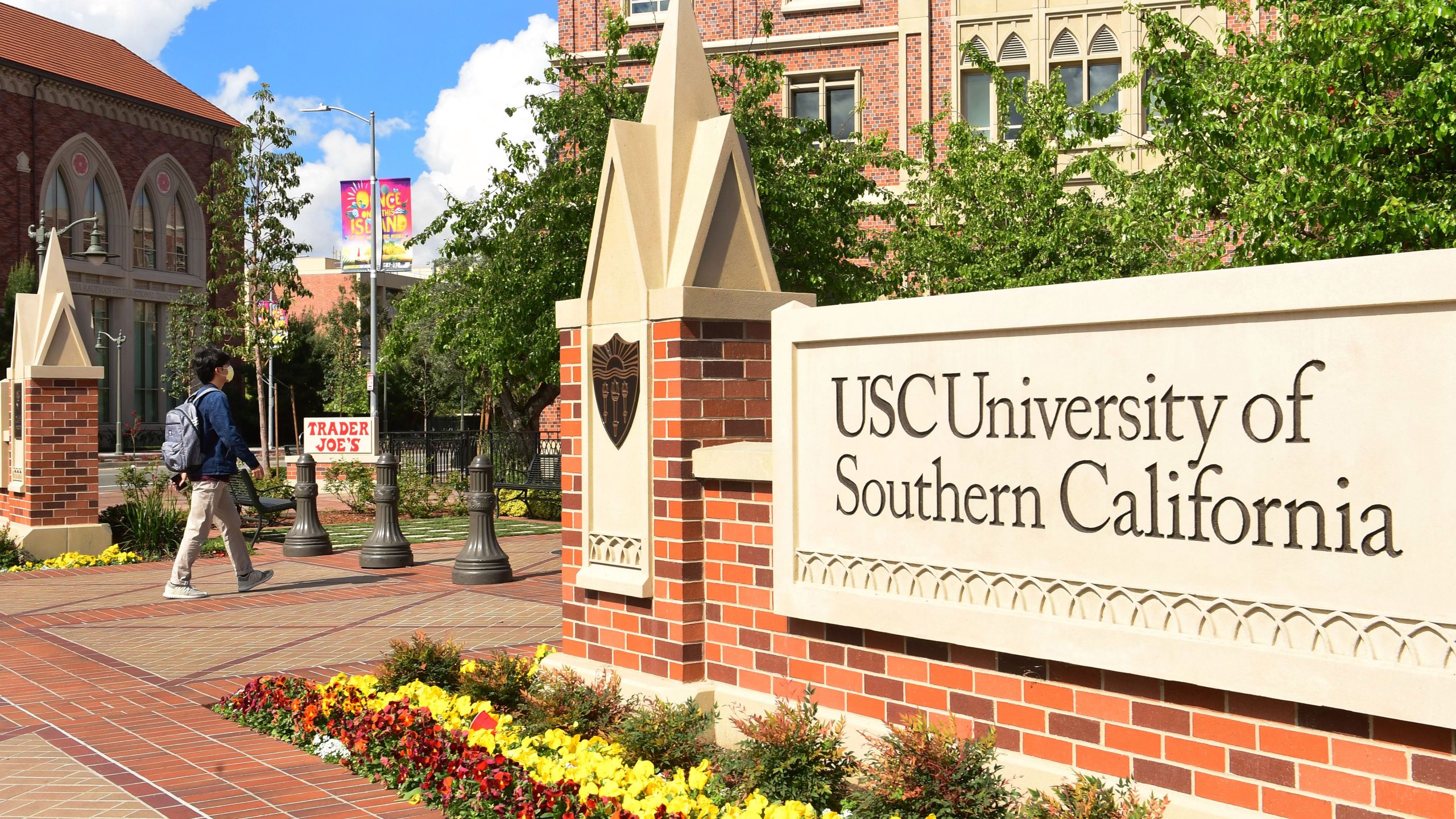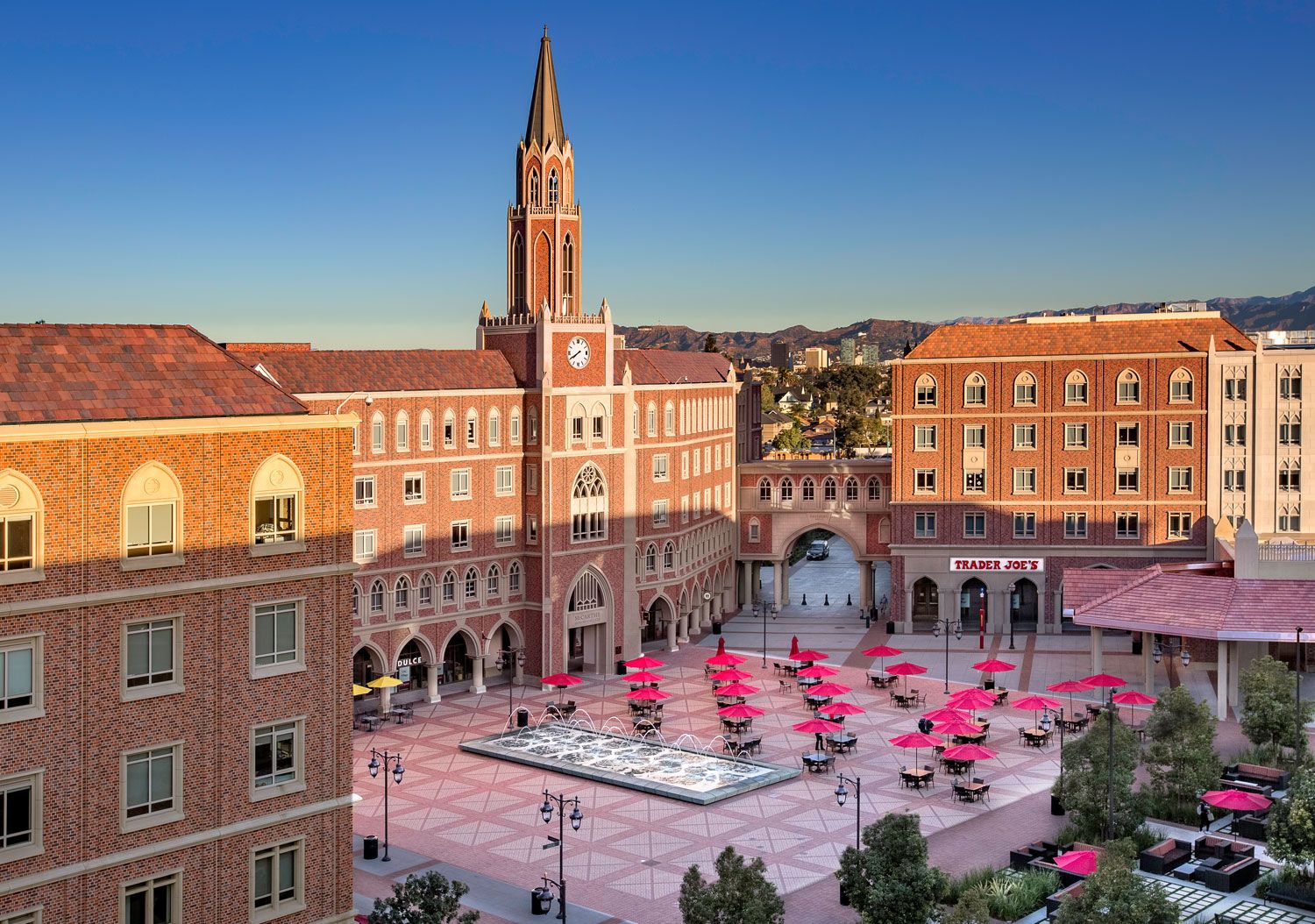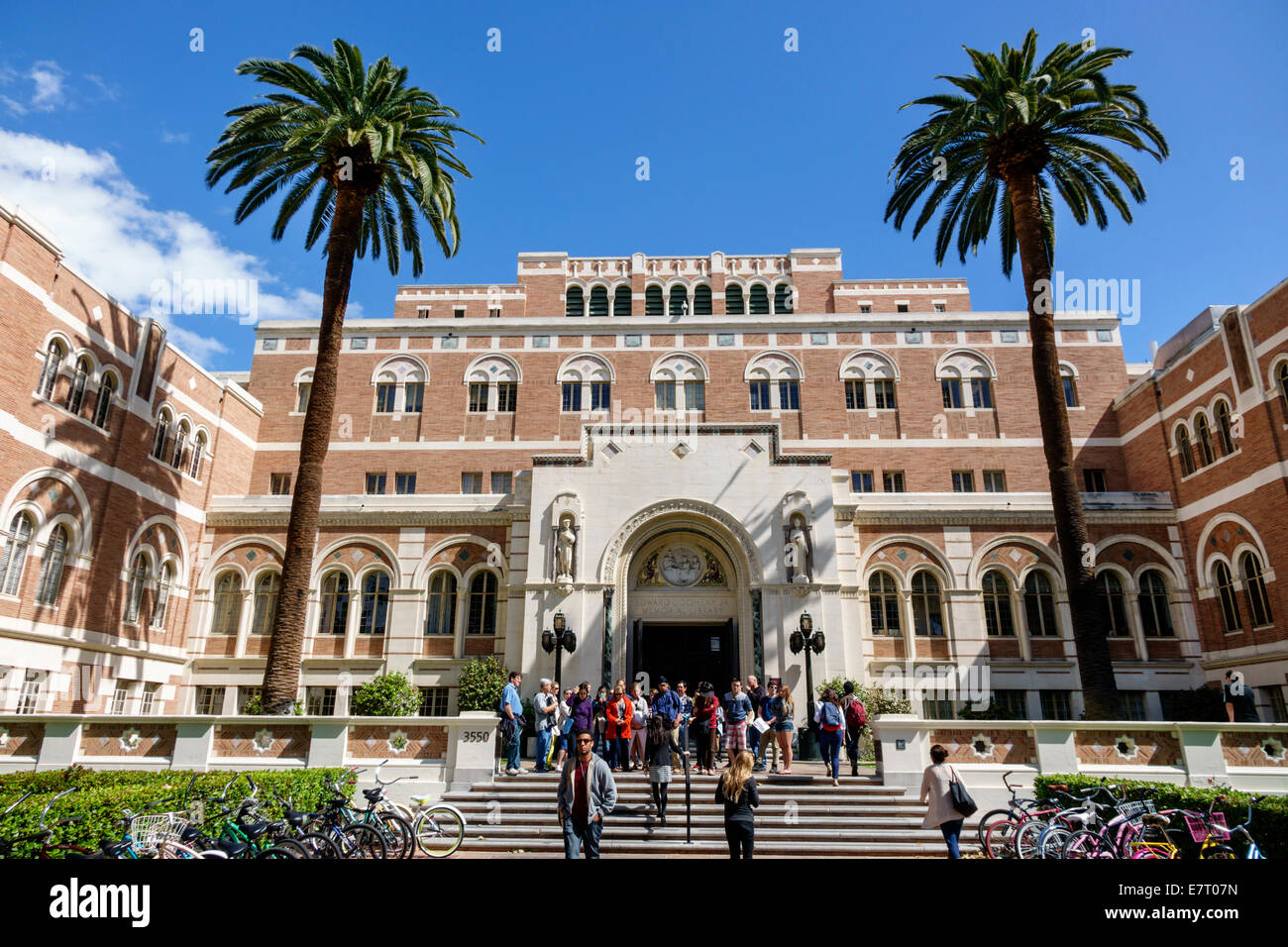Usc Ice Bucket Challenge: How Trojans Made A Big Splash For A Great Cause
Remember that time the internet went wild with cold water and good intentions? That, you know, was the Ice Bucket Challenge. It truly swept across the globe, and it was pretty amazing to see how many people jumped in. Well, the University of Southern California, a place where students and athletes are known as Trojans, definitely didn't miss out on this incredible moment.
It was a time when people from all walks of life, including students, faculty, and even famous athletes, were taking part. This challenge wasn't just about getting soaked; it was about raising awareness and money for ALS research. And, like your, USC's community, known for its vibrant spirit, showed up in a really big way.
So, we're going to take a look back at how the USC community embraced this viral phenomenon. We’ll talk about the energy on campus, the people who got involved, and the lasting impact of their efforts. It’s a story about coming together for something truly important, and frankly, it shows what a community can do.
Table of Contents
- The Challenge That Changed Everything
- USC Jumps In, Trojan Style
- Beyond the Bucket: USC's Lasting Impact
- Frequently Asked Questions About the Ice Bucket Challenge
The Challenge That Changed Everything
Back in 2014, the Ice Bucket Challenge became a massive thing, more or less overnight. It was a simple idea, really: dump a bucket of ice water over your head, film it, challenge others, and then donate to the ALS Association. This rather straightforward act quickly became a global sensation, and it honestly captured the hearts of millions.
The goal was to bring attention to Amyotrophic Lateral Sclerosis, or ALS, a tough disease that affects nerve cells in the brain and spinal cord. Before this challenge, a lot of people just didn't know much about ALS. But, as a matter of fact, the cold splash got everyone talking, and that was exactly the point.
This movement, you know, showed the amazing power of social media to do good. It proved that a simple, shareable act could spark huge conversations and generate significant funds for a cause. It was a pretty unique moment in time, and it truly changed how we think about viral charity drives.
USC Jumps In, Trojan Style
When the Ice Bucket Challenge hit its peak, it was only natural that a place like USC would get involved. USC, with its incredibly dynamic, global community and its spirited Trojans, often steps up for good causes. So, it was almost a given that students, faculty, and even some well-known figures from the university would take part.
The university, where you'll work with leading experts and supportive faculty, saw many individuals and groups embracing the challenge. It wasn't just a few people; it was pretty widespread. This really showed the collective heart of the USC community, and it was a sight to behold.
The spirit of the Trojans, epitomized by the Trojan Shrine, nicknamed Tommy Trojan, near the center of campus, seemed to fuel the participation. It's that kind of collective energy that makes USC special, and honestly, it really shines through in moments like this. People were genuinely excited to help.
The Energy on Campus
The atmosphere on campus during the peak of the usc ice bucket challenge was, quite frankly, electric. You could feel the excitement building as more and more people accepted the challenge. Students gathered in groups, sometimes on the lawns, or near iconic spots, ready for their turn under the cold water.
There was a lot of laughter, some shrieks, and a fair bit of shivering, but it was all in good fun and for a serious reason. This collective experience, you know, really brought people closer. It was a shared moment that everyone could be a part of, and it felt pretty special.
You'd see students challenging their friends, professors challenging their classes, and even sports teams getting in on the action. It was a chain reaction of generosity and good humor, and it truly highlighted the playful yet committed nature of the USC community. It was, in a way, a very unifying event.
Who Got Involved?
Just about everyone at USC seemed to get involved in the usc ice bucket challenge, or at least knew someone who did. From undergraduate students exploring academic programs with 150+ majors, to graduate students from USC's 400+ graduate programs, the participation was widespread. It was really a cross-section of the entire university.
Faculty members, including those leading the new center for civic leadership and thought, also stepped up. It wasn't uncommon to see a respected professor taking a cold drenching, much to the delight of their students. This, you know, showed a human side to the academic leaders, and it was quite endearing.
And, of course, the USC athletes, the famous Trojans, were very much a part of it. These are the individuals who are known for their strength and spirit, and they brought that same intensity to the challenge. Seeing them participate really motivated others, and it was a powerful display of their commitment to community causes. They truly led by example.
Beyond the Bucket: USC's Lasting Impact
The usc ice bucket challenge wasn't just a fleeting trend; it had a very real and lasting impact, both globally and within the USC community. The money raised went directly to fund critical research, helping scientists better understand and fight ALS. It's pretty amazing to think about the difference those cold buckets made.
For USC, the challenge underscored the university's strong sense of community and its commitment to making a positive difference. It showcased how readily students and faculty come together when there's a cause that matters. This spirit, you know, is something that USC truly values.
The experience also, in a way, reinforced the idea that even simple actions, when multiplied by many, can lead to significant change. It was a powerful lesson in collective action. It showed that the Trojan community isn't just about academics or sports; it's about being a force for good in the world, and that's something to be proud of.
You can learn more about community engagement on our site, and link to this page . The university continues to foster a culture of giving back, and the Ice Bucket Challenge remains a memorable example of that generosity. It truly left a mark.
The funds raised from the Ice Bucket Challenge, including contributions from the USC community, significantly boosted ALS research. It allowed for new discoveries and a much better understanding of the disease. It's actually quite remarkable how much progress was made because of this viral movement.
The awareness created was also huge. Before the challenge, many people had never even heard of ALS. Afterwards, it was a household name, and that increased public understanding is, frankly, invaluable. It put a spotlight on a disease that desperately needed attention, and it did so very effectively.
The challenge, in some respects, also inspired other creative fundraising efforts. It showed that engaging, shareable content can be a powerful tool for charity. It set a precedent for how online movements can translate into real-world impact, and that's a pretty important lesson for future generations of changemakers. It definitely changed the game for online charity.
At USC, this event really highlighted the collaborative spirit that defines the university. Whether it's students working with leading experts to build their path to success, or tapping into USC's dynamic, global community, the willingness to come together for a shared goal is always there. It's a defining characteristic, you know.
The university's focus on building strong leaders and forming key partnerships, as seen with USC’s capital campus in Washington, D.C., aligns perfectly with the spirit of the Ice Bucket Challenge. It's about tackling big issues together, and this challenge was a prime example of that collaborative approach. It was a very practical demonstration of their values.
The legacy of the usc ice bucket challenge continues to inspire new ways to support important causes. It reminds us that a little bit of discomfort can lead to a lot of good. And, honestly, it’s a wonderful story about how a university community, full of Trojans, can make a truly big splash for something that matters. It's pretty cool, when you think about it.
The sheer volume of participation, too it's almost, speaks volumes about the empathy and drive within the USC student body and faculty. They really embraced the idea of contributing to something bigger than themselves. This kind of collective action is something that USC consistently aims to foster, and it was clearly on display during this time.
It also demonstrated how quickly a message can spread when it resonates with people. The simplicity of the challenge, combined with its visual appeal, made it incredibly shareable. This, you know, was a key factor in its success, and USC's community played a significant part in amplifying that message.
The lasting impact of the Ice Bucket Challenge is still felt today, years later. The research funded by it has continued to progress, offering hope to those affected by ALS. It's a powerful reminder that sometimes, the most unexpected ideas can have the most profound effects, and USC was right there contributing to that legacy, which is pretty neat.
Frequently Asked Questions About the Ice Bucket Challenge
Here are some common questions people often ask about the Ice Bucket Challenge:
What was the main purpose of the Ice Bucket Challenge?
The main purpose was to raise awareness and money for the ALS Association. It aimed to bring global attention to Amyotrophic Lateral Sclerosis, a very serious neurological disease. It was, you know, about getting people talking and donating.
How much money did the Ice Bucket Challenge raise globally?
Globally, the Ice Bucket Challenge raised a truly significant amount of money for ALS research and patient care. It brought in over $220 million worldwide, which was, quite frankly, an astonishing sum for a viral charity event. That money made a huge difference, as a matter of fact.
Did the Ice Bucket Challenge lead to any scientific breakthroughs?
Yes, it actually did! The substantial funds raised directly supported several research projects that led to important discoveries. For example, it helped fund the discovery of new genes linked to ALS, which is a pretty big step towards understanding and treating the disease. So, yes, it had a very real scientific impact.

Information About University of Southern California

Usc Campus Buildings

Los Angeles California CA L.A. Downtown LA USC University of Southern